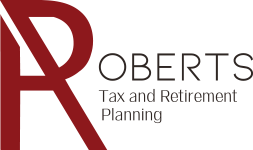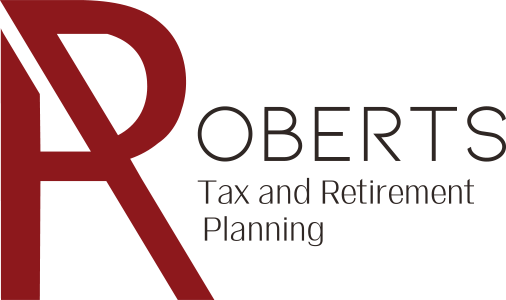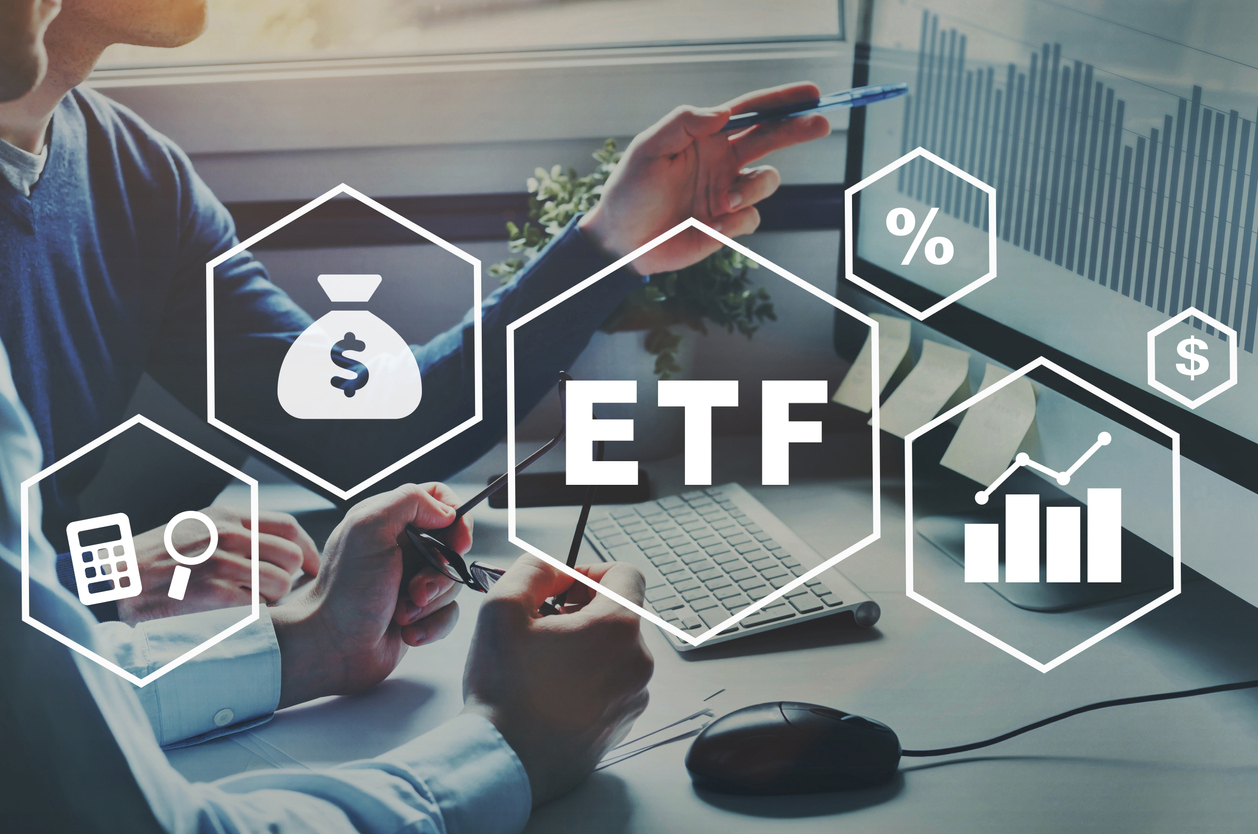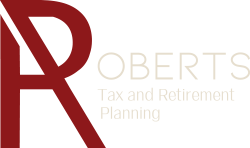Are you an investor looking to build wealth? Or maybe you are a financial novice trying to figure out which investment opportunities are best for your needs, goals, and risk level. If so, then Exchange-Traded Funds (ETFs) may be your ideal choice! ETFs provide investors with unparalleled diversification potential while allowing them to access global markets in practically any asset class.
Below, we’ll take a comprehensive look at what makes ETFs such an attractive option. We also discover how they can help you build lasting wealth over time. You may be new to investing or simply need some refresher on the benefits of ETFs. Join us as we explore all things related to these revolutionary financial instruments!
What Is an ETF?
An exchange-traded fund (ETF) is a type of investment that tracks a basket of stocks, bonds, or other assets. ETFs are traded on a stock exchange like individual stocks. It can be bought or sold at any time during the trading day. They provide investors with diversified exposure to a wide range of markets and asset classes without having to buy multiple individual securities.
Types of ETFs
There are several different types of ETFs that investors can choose from, each with its unique characteristics.
- Broad market ETFs. They track a broad benchmark such as the S&P 500 or the Dow Jones Industrial Average. They provide exposure to various stocks across multiple sectors and industries.
- Sector-specific ETFs. They track specific sectors such as healthcare or technology and give investors more targeted exposure to those particular markets.
- International ETFs. They provide exposure to foreign markets and currencies.
- Bond ETFs. Allows investors to gain access to the fixed-income market without purchasing individual bonds.
How Do They Work?
ETFs are underlying securities held in a portfolio by an investment manager. When you purchase shares in an ETF, you essentially buy into the portfolio managed by that fund manager. The value of your shares will increase or decrease depending on how well the underlying securities perform in the market.
As with any investment, there is no guarantee that your investment will appreciate. However, all investments involve some degree of risk which should be factored into any decision before investing.
Pros and Cons of ETFs
The Pros of Investing in ETFs
- Low Fees. One of the biggest benefits of investing in ETFs is that they tend to have much lower fees than traditional mutual funds. This is because they are not actively managed. They do not require additional fees to cover the costs associated with such management. Additionally, many ETFs track indexes requiring little to no management.
- Diversification. They allow investors to achieve diversification at a much lower cost than buying individual stocks or funds. By investing in an ETF, investors can gain exposure to hundreds or even thousands of different securities without purchasing them individually. This helps reduce risk by spreading your investments among multiple companies or asset classes.
- Liquidity. Since they trade on exchanges like stocks, they can be bought and sold anytime during market hours at whatever price the market dictates. This makes it easy for investors to get into or out of positions quickly if needed.
- Tax efficiency. They generate fewer capital gains distributions than mutual funds, making them more attractive to investors looking to minimize taxes on their investments.
The Cons of Investing in ETFs
- Tracking Error Risk. One potential downside to investing in ETFs is tracking error risk. Tracking error occurs when an ETF does not match its underlying index perfectly due to factors such as expenses or taxes associated with owning the fund’s underlying securities. This can lead to discrepancies between the fund’s performance and its benchmark index, which may result in losses for investors if not managed properly.
- Risk Management Issues. Another possible downside to investing in ETFs is that since these funds do not have any active management, it can be difficult for investors to ensure their portfolios remain diversified over time as markets change and evolve around them. This means investors must be diligent about regularly rebalancing their portfolios if necessary to maintain their desired level of risk exposure.
- Charge an expense ratio. A fee charged by the fund provider for managing the fund—which can reduce returns over time if it isn’t kept under control by regularly monitoring it and switching providers when necessary.
Differences Between an ETF and a Mutual Fund
At its most basic, an ETF is a collection of securities – such as stocks, bonds, or commodities – that are bundled together and traded on the stock exchange. Unlike mutual funds, which require investors to buy and sell shares directly from the fund’s manager, ETFs can be purchased and sold through any brokerage account. Investors have more flexible and cost-effective access to asset classes, including international markets.
Book an Appointment Today
Investing in an ETF is a great way to gain exposure to the stock market while diversifying and managing risk. They offer tax advantages and liquidity and can be traded at a lower cost than mutual funds. If you have questions about ETFs or need help understanding the pros and cons of this investment vehicle for retirement planning, contact us at Roberts Tax and Retirement Planning for help and advice. With our team of registered professionals, we can guide the best strategies and resources needed to meet all your financial goals.








